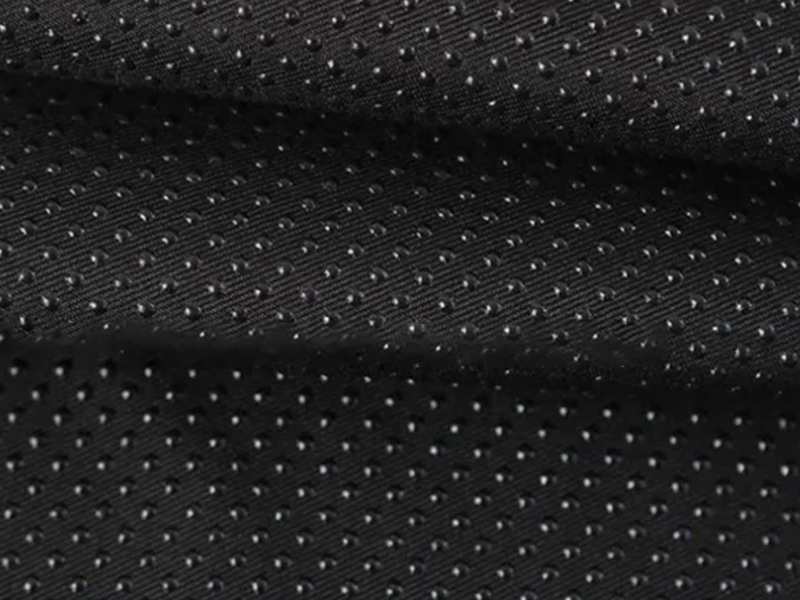Currently used
tent fabrics are: liger cloth, Oxford cloth, nylon, washing cloth.
For general leisure, nylon and washing are the most used, and they are also relatively good. Rigg and Oxford are generally used for professional outdoor sports, and are suitable for professional tents in extreme environments such as mountains, plateaus, and snow-capped mountains. Nylon and washing cloth are mostly used with general leisure inflatable tents. Judgment criteria: the higher the density, the better, and the higher the degree of waterproofing, the better.
1. Water repellent is only coated with AC or PU on the exterior. Generally only used for children or games inflatable tents.
2. Waterproof 300MM is generally used for beach tents/shade tents or cotton tents for drought and less rain.
3. Waterproof 800MM-1200MM for conventional simple camping inflatable tents.
4. Waterproof 1500MM-2000MM is used to compare mid-range inflatable tents, which need to travel for many days.
5. The waterproof 3000MM or more is generally a professional inflatable tent, which has been treated with technologies such as high temperature resistance/cold resistance.
The rainproof performance of the tent cloth is still calculated according to the number of mm of water column per square centimeter. The general professional tents have a rain resistance index of more than 1500mm, which can prevent moderate to heavy rain; while individual professional alpine tents can reach 3000-4000mm, which can prevent continuous rainstorms.
The high-quality rainproof tarpaulin not only has a high rainproof index, but also has a thick rubber strip at the seam connection of the awning to prevent water seepage at the seam.
Although the rainproof index of the tent cloth is high, ventilation is a problem. Even on a sunny night without rain, the inside of the tent will still be covered with water droplets after a good night's sleep, especially when setting up an inflatable tent on the ground with high humidity such as grass. The accumulation of more will drip into the internal account. Relatively speaking, the outer tent with a low rainproof index has less water in the inner area than that with a higher rainproof index.
This is the water vapor exhaled by the occupants in the inflatable tent, and the water droplets collected by the steam on the ground on the inner surface of the tarpaulin. Since the outer tent is rainproof, the rainwater from outside cannot get in, and the water vapor inside cannot get out. So when you get up in the morning, avoid shaking the tent too hard, be careful that there will be "light rain" inside. At the same time, if you are traveling in low altitude areas, it is not suitable to buy professional tents. It is not only a waste of money but also uncomfortable to use, and you will feel stuffy when you sleep at night.













